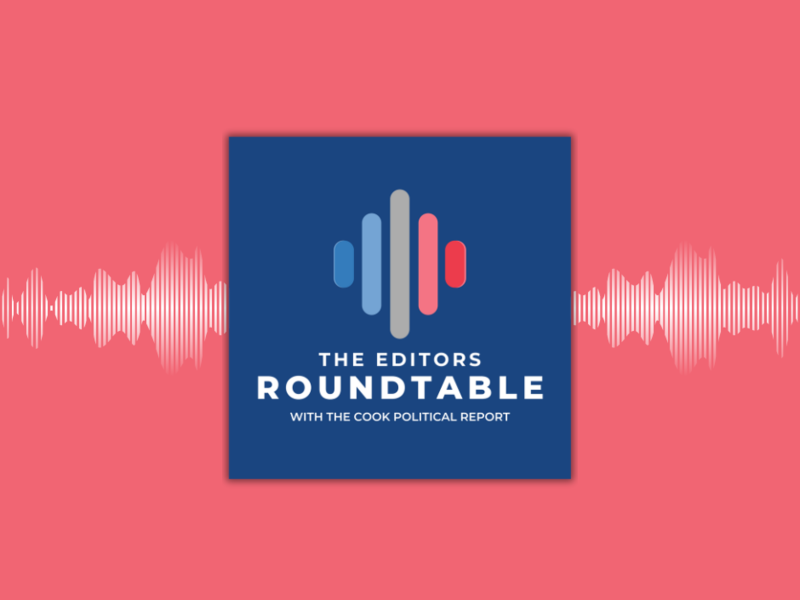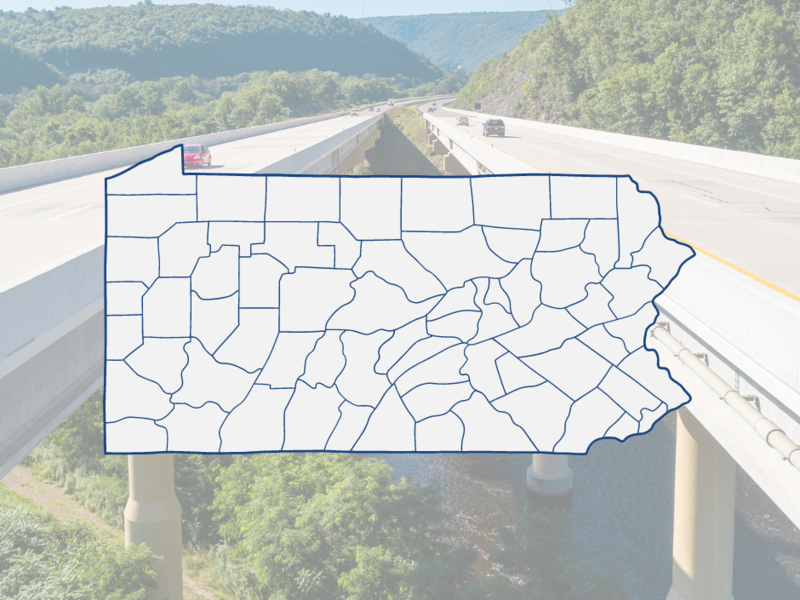
This year is one of the few in memory when the fight for control of the House is getting more attention than the one for the Senate, normally the more glamorous of the two.
The Senate could flip from Republican to Democratic, but there's about a one-in-three chance of that, and the odds are better that if just one chamber flips, it would be the House. Chambers changing hands are fairly rare occurrences: Prior to President Clinton’s disastrous 1994, the last time the House had switched sides was 1954. But the House that the Democrats once won for 20 consecutive elections has now flipped three times in the last 25 years—1994, 2006, and 2010. That is less frequent than the Senate, which changed control in 1954, 1980 (note a rare presidential-election-year flip), 1986, 1994, 2006, and 2014. At least one of the chambers has flipped in four of the past six midterm elections.
The old saying that “I vote the person, not the party” is a lot less true today than years ago. Now people tend to be more parliamentary in their voting, more likely to vote a straight-blue or straight-red ticket in a given election. Candidates and recruiting still matter, but considerably less than in the old days. It is now possible for a somebody to be beaten by a proverbial nobody.
People tend to forget just how horrific the eight years of the Obama administration were, at least electorally speaking, for House Democrats. When President Obama was sworn into office in 2009, Democrats had 256 seats and the GOP had 178. By the time Obama left office, Democrats had just 194 seats and Republicans had 241—a net loss of 62 seats for Democrats, which includes the six seats that Democrats gained in the November 2016 election. Thus Democrats start off in a position of having few to lose and many to gain: Republicans now hold 25 districts that Hillary Clinton won in 2016, and Democrats have just 12 Trump congressional districts. In other words, House Republicans are overexposed. And Republicans have 38 open seats, where no incumbent is seeking reelection in November, while Democrats have just 20. As of now, Democrats will need a 23-seat net gain for a majority, assuming all six GOP vacant seats and two for Democrats stay with their respective parties when filled in special elections—not necessarily a safe assumption given the precarious hold that Republicans have on Ohio’s 12th District, where Rep. Pat Tiberi resigned (there will be a special election Aug. 7).
Other than computer modeling, there are two ways to try to predict House gains and losses. The bottom-up, micro approach looks at each district individually, starting with Alabama’s 1st District and ending up with the at-large seat in Wyoming. The second is more of a top-down, macro political approach, looking at election history, presidential approval ratings, and the generic-ballot test (some also subjectively factor in general feelings of the national mood and anticipated turnout patterns). In “normal” election years, the micro approach works well, while in wave years, the macro method tends to work a bit better. Looking at it race by race, Cook Political Report House Editor David Wasserman estimates that Democrats are probably on track to gain at least 20 seats and as many as 35 seats.
A more macro approach actually doesn’t come in much different than the micro. President Trump’s approval rating in the July 2-8 Gallup poll was 41 percent, with a 56 percent disapproval rating. If his approval rating going into Election Day is the same, it would be 3 and 4 points worse than Obama and Clinton had, respectively, going into their disastrous first-term midterms with losses of 63 and 54 seats, respectively. The RealClearPolitics average of Trump’s approval ratings sits at 43.4 percent, while Nate Silver’s FiveThirtyEight puts it at 42.1 percent. On the generic ballot, RCP puts Democrats ahead by 7.3 percentage points while FiveThirtyEight has the Democratic edge at 8.3 points. In days of yore, such numbers would suggest enormous Democratic gains, but that does not account for district maps and population patterns which considerably mitigate Republican vulnerabilities. The 20- to 35-seat range looks good on the macro level as well.
Of course, Republicans could in theory actually gain seats or break even, an extremely unlikely result barring some cataclysmic event. A loss of fewer than 20 seats is less likely but not that bizarre of an outcome. Or Democrats could gain more than 35 seats; they would need to gain 46 seats to equal the very narrow majority that Republicans currently have, though it should be noted how difficult it has been for the GOP to govern. The bottom line is that the House changing parties is much more likely to happen than not, but it is nowhere near a done deal.
This story was originally published on nationaljournal.com on July 10, 2018









Subscribe Today
Our subscribers have first access to individual race pages for each House, Senate and Governors race, which will include race ratings (each race is rated on a seven-point scale) and a narrative analysis pertaining to that race.